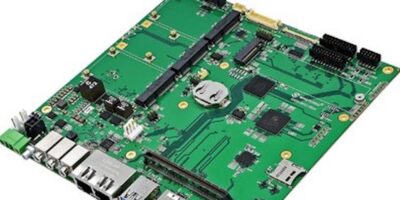Data can be collected autonomously from Wireless M-Bus meters or sensors using the WebdynEasy W M-Bus data concentrator by Webdyn.
The W M-Bus point-to-point radio protocol uses the 868Mhz band, traditionally used in smart metering and smart buildings, because of its relatively moderate power consumption, said Webdyn.
The Wireless M-Bus standard protocol is based on a private, non-operated network. In order to operate, a Wireless Mbus network requires hubs (or gateways) that allow connection between all the sensors and a remote information system. In free field, the distances that can be potentially covered between a sensor and the hub are of the order of 1km.
The WebdynEasy W M-Bus data concentrator functions as a standalone collection point for data from meters or wireless M-Bus sensors. The gateway retrieves all the data collected at a single point so that it can be sent to the chosen information system.
The energy-efficient hub’s battery service life can exceed 10 years. Webdyn has also developed the WebdynEasy application, which is free to download from the PlayStore. The Bluetooth Low Energy function eases configuration and installation, added the company.
Once installed, the product is autonomous in energy and the deployment can start automatically or using a magnet.
Depending on the configuration, the hub uses regular listening windows to record the frames emitted by the meters and W M-Bus sensors. The hub regularly uploads data files to the FTP server using the cell phone or LTE-M network.
Webdyn’s strategy is to offer a complete range of dataloggers covering all smart grid, smart metering, smart building and smart cities markets.
Webdyn designs and industrialises hardware and software solutions for M2M communication for the energy, environment, smart grids and transport markets.
Webdyn supplies multi-protocols concentrators, covering all the applications of teleservice and the monitoring. It has expertise in endpoints RF and gateways PLC-G3.







